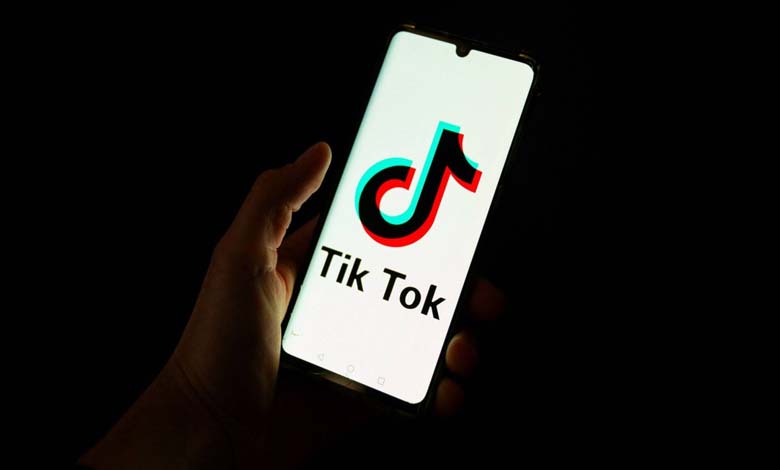Fibermaxxing: The TikTok Trend Welcomed by Nutrition Experts

The rise of a health-conscious trend
In recent months, a new wellness trend has taken TikTok by storm: fibermaxxing. A portmanteau of “fiber” and “maxxing,” it refers to maximizing daily fiber intake. Influencers share their recipes and tips for boosting fiber consumption—chia seed puddings, colorful salads, legume-rich meals, and whole grains—with the goal of reaching or even exceeding daily recommended amounts.
-
Libya: Strong Warning to TikTok Celebrities
-
Medical Warnings Against the “Paracetamol” Trend on TikTok
Far from being just a fleeting fad, fibermaxxing reflects a growing awareness of the crucial role dietary fiber plays in overall health. Unlike many social media diet trends, it has garnered strong support from nutrition professionals, demonstrating how platforms like TikTok can effectively promote evidence-based nutrition education.
Why are fibers so important?
Dietary fibers are indigestible plant components such as cellulose, hemicellulose, pectin, lignins, and other polysaccharides. Their key roles include:
-
Meta Introduces Features to Attract TikTok Users to Facebook and Instagram
-
TikTok to Suspend Its App in the U.S. Under This Condition
- Supporting bowel movements: increasing stool bulk and frequency to prevent constipation and promote colon health.
- Prebiotic functions: fermenting in the colon to nourish beneficial gut bacteria and produce short-chain fatty acids.
- Blood sugar regulation: slowing glucose absorption, helping stabilize post-meal blood sugar levels—important for type 2 diabetes prevention and management.
- Cholesterol reduction: soluble fibers, like those in oats, help lower LDL (“bad”) cholesterol.
- Satiety enhancement: promoting fullness, aiding weight management.
- Chronic disease prevention: consistent fiber intake lowers risk for cardiovascular disease, some cancers (notably colorectal), and chronic inflammation.
-
The Trump Administration Moves toward a Deadline for “TikTok”
-
TikTok Fined Heavily Over “Dangerous Challenges”
The widespread fiber deficit
Despite these benefits, most populations consume far less fiber than recommended. For example, only about 5% of U.S. adults meet the suggested 25 grams per day for women and 38 grams for men. Europe faces similar or worse shortfalls, often due to diets heavy in ultra-processed and refined foods but low in fruits, vegetables, whole grains, and legumes.
Fibermaxxing aims to reverse this trend by encouraging regular, elevated fiber intake.
What does fibermaxxing look like on TikTok?
TikTok creators post videos showcasing fiber-rich meals and snacks—chia puddings, green veggie smoothies, quinoa bowls, legume salads, and dried fruit snacks. The approach encourages incorporating fiber at every meal and snack, from fruits and vegetables to whole grains, legumes, nuts, and seeds. Hashtags like #fibermaxxing and #guthealth have millions of views, reflecting its popularity.
-
Last Resort to Avoid the Ban: TikTok Appeals to the U.S. Supreme Court
-
TikTok Launches AI-Powered Video Platform
Why do experts applaud fibermaxxing?
Unlike many social media diet crazes, fibermaxxing is broadly endorsed by health professionals because:
- It aligns with official dietary guidelines promoting sufficient fiber intake.
- It makes fiber consumption approachable and enjoyable with practical ideas.
- It promotes positive behavior change that can improve public health.
Scientific benefits
Scientific research confirms the benefits:
- WHO studies show that just 4 grams of additional daily fiber can reduce cardiovascular mortality by 15–30%.
- Higher fiber intake is linked to reduced risks of diabetes, obesity, certain cancers, improved immunity, and decreased systemic inflammation.
- Its prebiotic effect enhances gut microbiome diversity and health.
-
“690452” .. What Does the Mysterious Number Taking Over TikTok Mean?
-
“Genie”.. An AI-Powered Chatbot from “TikTok”
Practical tips for fibermaxxing
- Increase fiber gradually to minimize digestive discomfort—by about 3–5 grams per week.
- Stay well hydrated to aid fiber’s effects on digestion.
- Diversify sources with soluble and insoluble fibers.
- Keep meals simple and tasty—add seeds to yogurt, swap white bread for whole grain, blend vegetables into smoothies.
- Consult professionals if you have digestive conditions to tailor fiber intake.
Precautions and limitations
Fibermaxxing should not turn into an excessive fiber overload. Sudden, high increases may cause bloating, cramps, and hinder mineral absorption. Some medical conditions require monitoring fiber types and amounts.
-
The European Union Threatens “TikTok” Over New App
-
Instagram” has a new competitor: TikTok launches a new app
Societal and commercial impact
The trend drives food industry innovation, with more fiber-enriched, plant-based, vegan, and gluten-free products entering the market—supporting a shift toward healthier, more sustainable diets.
Conclusion
Fibermaxxing, born on TikTok, is more than a viral trend—it’s a scientifically grounded movement promoting digestive and overall health. With gradual, balanced fiber increases, it can help prevent disease, improve wellbeing, and encourage healthier eating habits. Its success illustrates social media’s potential as a powerful platform for positive, evidence-based nutrition education.












